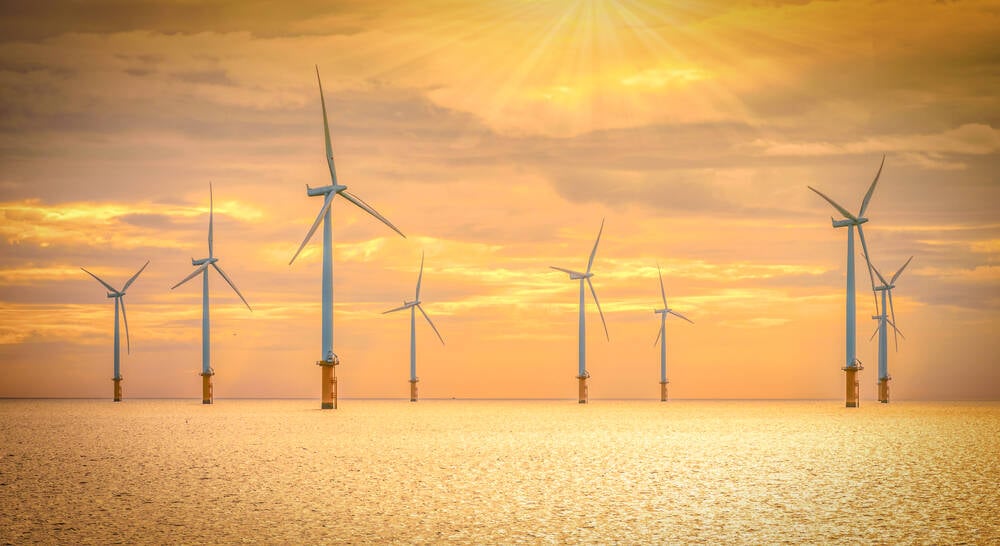The Biden Administration plans to invest heavily in the expansion of offshore wind energy, with a particular focus on floating turbines that can be placed where ocean breezes have more energy-generating potential.
Through the series of programs and funding opportunities, the White House hopes to reduce the costs of floating wind turbines by 70 percent, with the goal of deploying 15GW of floating offshore wind generators by 2035. Per the White House, that amount of energy could power 5 million homes.
The 15GW of floating offshore wind will be in addition to a previously stated goal of deploying 30GW of fixed-bottom offshore wind by 2030.
According to research from the Department of Energy (DoE), there is approximately 4.3 terawatts (4,300GW) of potential wind energy off the various coasts of the US, and in the Great Lakes. Of that, only 1.5 terawatts is available in areas where fixed-bottom wind turbines could be built. The rest sits beyond 60 meters (roughly 200 feet) of water depth, where floating units are necessary.
For context, the US’s annual electricity consumption is around 3.9 terawatts, meaning if the US could capture all that floating offshore wind energy, theorically it could meet almost the entire energy needs of the country (not accounting for transmission requirements).
Start your grant-writing engines
Along with announcing floating offshore wind goals, the Biden administration said the DoE was preparing to hand out just shy of $50 million in research, development and demonstration funding, some of which will come from the Bipartisan Infrastructure Law.
A $6.85 million prize competition is being set up to optimize floating wind platform technologies and prepare them for wide-scale use, $3 million in cash is up for grabs to develop modeling tools to help develop floating wind farm arrays, and $31 million will be added to the ATLANTIS program that seeks to develop novel floating wind turbine designs.
Additional funding will be available for energy transmission on the west coast, where floating wind turbines are a priority due to a rapid drop-off in ocean depths. Environmental impact studies are also being funded, as are ocean co-use studies to ensure floating turbines don’t interfere with animal life or other commercial activities.
One project that could apply for both turbine design and modeling tool funding is Sandia National Labs’ towerless vertical-axis turbine that Sandia researchers modeled and built using their own in-house software. The project previously received ATLANTIS program funding, which could make it a shoe-in for participation in this latest expansion of offshore wind research.
The Biden Administration said it hopes the new programs will spur additional private sector investment up and down the supply chain. “In tandem with President Biden’s economic and clean energy agenda, these actions will create good-paying jobs, lower energy costs for families, and strengthen US energy security,” the White House said. ®





















Discussion about this post